There’s something about the 1980s that feels impossibly magical when we look back now. Maybe it was the optimism in the air, or perhaps it was simply that life moved at a different pace—one that allowed us to savor the small moments that somehow felt monumental. Before smartphones and social media turned every experience into content, we had these beautiful little rituals that transformed ordinary Tuesday afternoons into memories we’d carry for decades.
1. The Blockbuster Movie Experience

Going to see a movie wasn’t just entertainment—it was an expedition that began with studying the newspaper’s movie times and continued through the long lines at the box office. The theater lobby, with its red carpet and smell of buttery popcorn, felt like entering a palace dedicated entirely to storytelling. You’d debate candy choices at the concession stand as if your life depended on getting the perfect movie snack combination. CBS News gives movie enthusiasts a front row seat to observe the full history of the blockbuster, and it’s not exactly what people think.
The shared experience of watching a film with hundreds of strangers created a unique kind of magic. Everyone laughed, gasped, and occasionally cheered together, creating a temporary community united by whatever was happening on that enormous screen. Walking out afterward, you’d immediately begin discussing what you’d just seen, the movie becoming the centerpiece of conversation for days or even weeks to come.
2. The Saturday Morning Cartoon Marathon
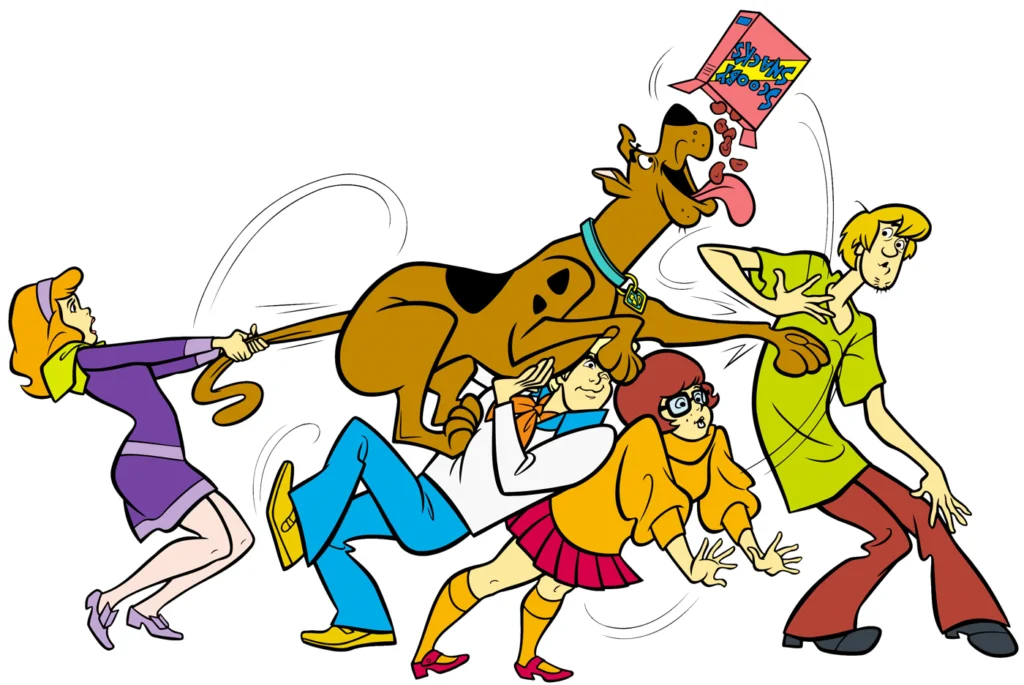
Saturday mornings were sacred territory, a weekly appointment with pure joy that began before the sun fully rose. You’d tiptoe to the living room in your pajamas, careful not to wake anyone, and claim your spot on the carpet with a bowl of sugary cereal. The anticipation built as you watched the test pattern fade into that first burst of animated color, knowing you had hours of uninterrupted bliss ahead. Animation Mentor explores just what exactly happened to these nostalgic staples of simpler times.
The ritual extended beyond just watching—you’d rate each show, debate plot points with siblings during commercial breaks, and feel genuinely invested in whether the Smurfs would outsmart Gargamel this week. There was something almost ceremonial about the whole experience, from the specific order of shows to the way the cartoon block gradually gave way to boring grown-up programming. It marked the official beginning of the weekend and felt like a weekly gift that television gave just to kids.
3. Waiting for Your Photos to Be Developed
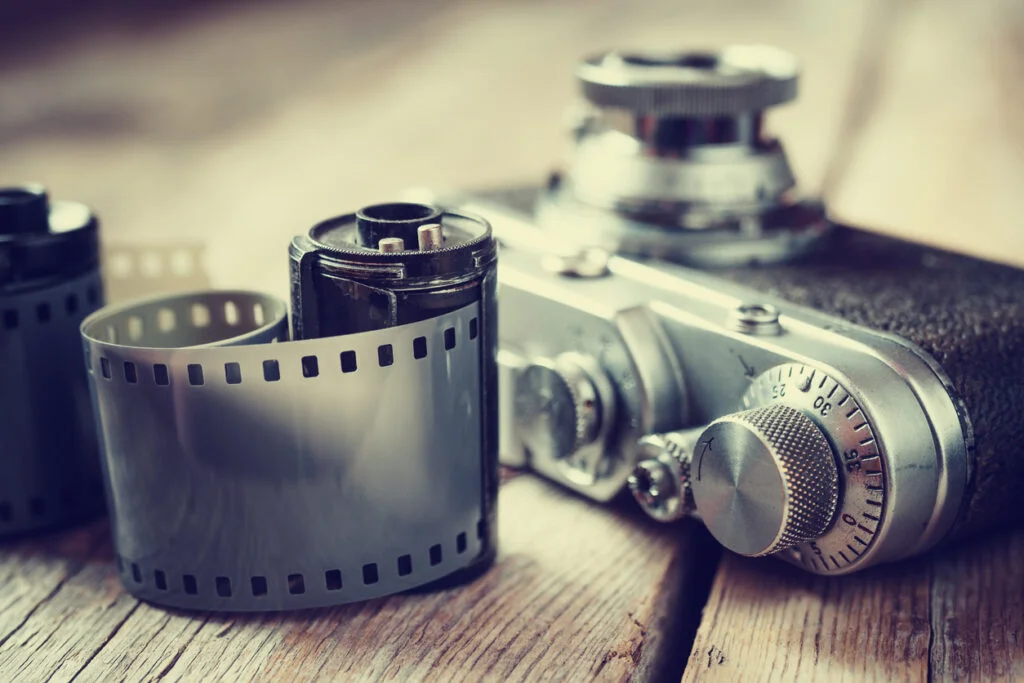
The camera click was just the beginning of a delicious waiting game that could stretch for days or even weeks. You’d drop off that precious roll of film at the drugstore counter, receive a little yellow ticket, and then begins the sweet agony of anticipation. Would that sunset actually look as gorgeous as you remembered, or would it be a disappointing blur of orange smudges? Analogue Wonderland has many essential tips for safely storing photographic film so it never gets ruined by time or elements.
Picking up your photos felt like Christmas morning every single time. You’d tear open that envelope right there at the counter, flipping through each print with the excitement of discovering buried treasure. The doubles meant you could share memories with friends, and those mysterious shots where you forgot what you’d photographed became delightful surprises—proof that even your past self could still surprise you.
4. The Friday Night Video Store Pilgrimage

Friday afternoon meant one thing: the great family expedition to the video store, where democracy and negotiation skills were put to the ultimate test. The smell of popcorn and plastic cases greeted you as you walked through those glass doors, and suddenly the weekend’s possibilities felt endless. Would tonight be a comedy, a thriller, or maybe that new release everyone was talking about?
The browsing was half the fun—reading every synopsis, studying every cover, and engaging in elaborate family negotiations about what everyone could agree on. You’d walk those carpeted aisles multiple times, weighing options like a wine connoisseur selecting a vintage. Sometimes the best part wasn’t even the movie itself, but the shared anticipation during that twenty-minute drive home, everyone secretly hoping their choice would be the winner.
5. Setting Your VCR to Record Your Shows
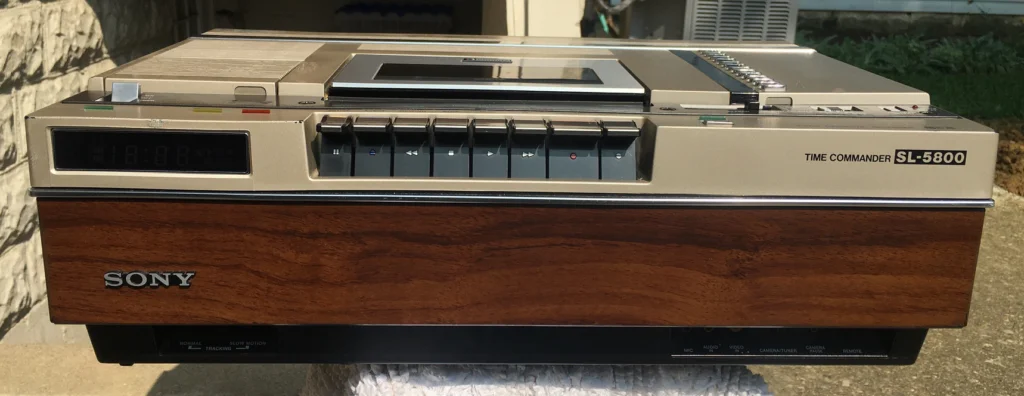
Programming your VCR felt like conducting a small orchestra of technology, timing, and hope. You’d carefully check the TV Guide, cross-reference time zones, and pray that nothing would run over and mess up your recording. The blinking 12:00 clock might have mocked you daily, but when it came to capturing your favorite shows, you became a master of this finicky machine.
There was genuine anxiety involved—would the tape have enough space, would the power go out, would someone accidentally change the channel? The reward for successfully recording your show was immense: the power to pause real life, to rewind the good parts, and to build your own personal library of entertainment. It felt like controlling time itself, one magnetic tape at a time.
6. The Ritual of Calling Your Friends
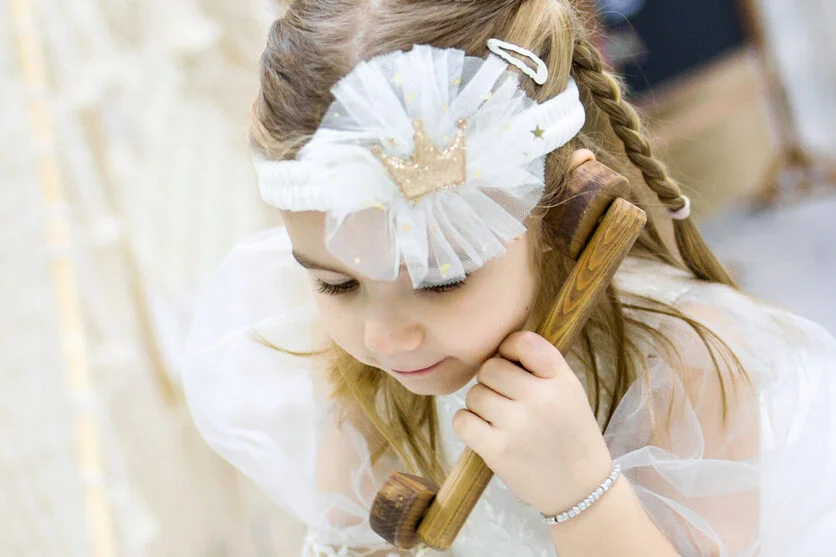
Talking on the phone wasn’t just communication—it was an event that required preparation, privacy, and often some creative scheduling around other family members. You’d stretch that curly cord as far as it would go, seeking a quiet corner where you could discuss the really important stuff without parents overhearing. The kitchen phone was central command, but the upstairs extension was where the real conversations happened.
The conversations themselves had a different rhythm than today’s rapid-fire texting. You’d settle in for the long haul, discussing everything from homework to crushes to what happened in that day’s episode of your favorite soap opera. Sometimes you’d even do homework together over the phone, creating a sense of togetherness even when you were miles apart.
7. Sunday Family Dinners Around the Table
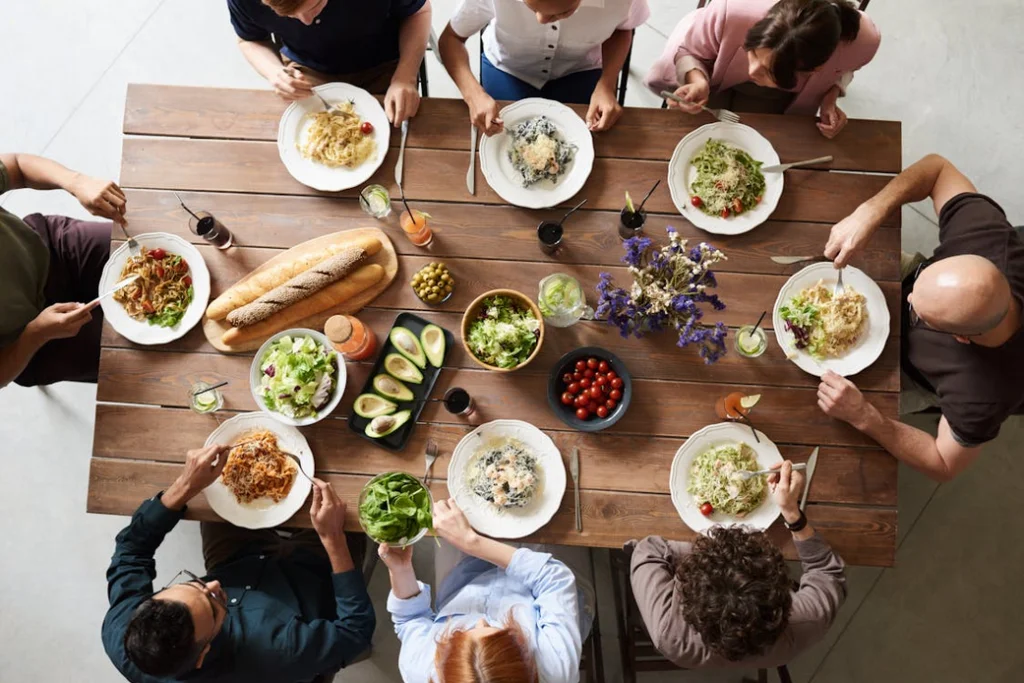
Sunday dinner wasn’t just a meal—it was a weekly gathering that felt as important as any holiday celebration. The good china came out, someone lit the candles, and suddenly your everyday dining room transformed into something special. Everyone had their assigned seat, and there was an unspoken understanding that this time was sacred, phones ignored and television turned off.
The conversations flowed differently around that dinner table, ranging from silly to serious as dishes were passed and stories were shared. Grandparents would tell tales from their youth, parents would share neighborhood gossip, and kids would recount their week’s adventures. These dinners created a rhythm to the week, a dependable anchor that made Sunday feel both restful and significant.
8. The Art of Window Shopping at the Mall
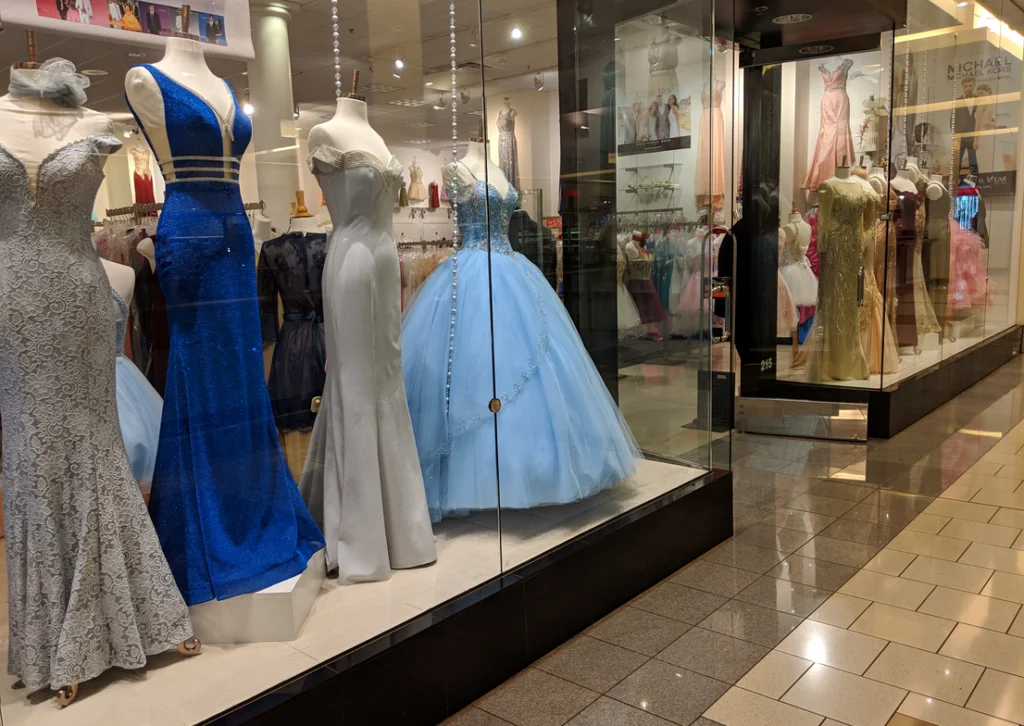
The mall wasn’t just a place to buy things—it was a destination, a social hub, and an entertainment complex all rolled into one climate-controlled paradise. You’d spend entire afternoons wandering from store to store, not necessarily buying anything, but absorbing the atmosphere and people-watching. The fountain in the center court was like a town square where you’d inevitably run into someone you knew.
Window shopping was a legitimate hobby, one that involved studying every display, imagining different versions of yourself wearing those clothes or living in those perfectly arranged room settings. The Orange Julius was a reward for all that walking, and the record store was where you’d discover your next musical obsession. Even leaving empty-handed felt satisfying because the experience itself was the point.
9. The Evening News as Family Event

Six o’clock meant gathering around the television for the evening news, a ritual that felt as essential as dinner itself. Walter Cronkite or Tom Brokaw became like family members, trusted voices who brought the world into your living room each night. There was something comforting about the predictable format: world news, national news, local news, weather, and sports, each segment flowing into the next with reassuring consistency.
The news felt more substantial then, less frantic and more thoughtful, allowing families to process the day’s events together. Parents would explain complicated stories to children, and everyone would share opinions about what they’d heard. It was democracy in action at the dinner table level, teaching kids how to think about the wider world while feeling safe in their own homes.
10. Creating Photo Albums and Scrapbooks
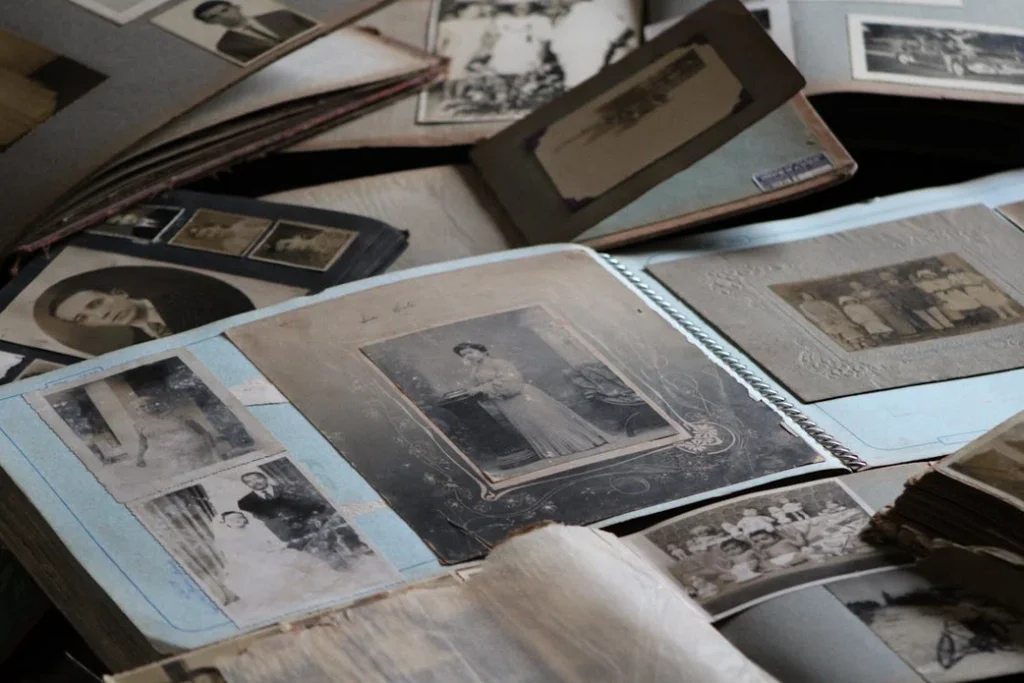
Turning a pile of developed photos into a proper album was like curating your own personal museum. You’d spread everything out on the kitchen table, sorting pictures by event, date, or simply by which ones made you smile the biggest. The decisions felt weighty: which photo best captured Christmas morning, and did you really need three shots of the same birthday cake?
The physical act of placing each photo behind those plastic sheets felt permanent and important, like you were preserving history for future generations. You’d write captions in careful handwriting, trying to capture not just what happened, but how it felt. Years later, flipping through those albums would transport you instantly back to those moments, the physical photographs holding memories in a way that digital files somehow never quite manage.
11. Recording the Perfect Mix Tape
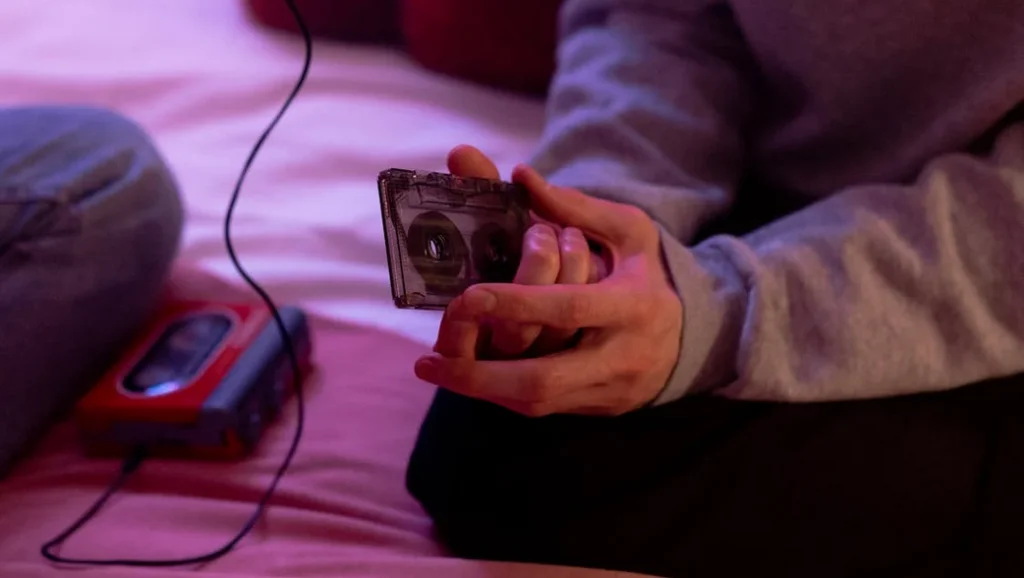
Creating the perfect mix tape was an art form that required patience, timing, and a deep understanding of your audience. You’d sit by the radio for hours, finger poised over the record button, waiting for that one song that would make your crush weak in the knees. The anticipation was half the thrill—would you catch the DJ talking over the intro, or worse, miss the beginning entirely because you were too slow on the draw?
Every song had to flow perfectly into the next, creating an emotional journey that told a story without words. You’d calculate exactly how much tape was left, sometimes recording over disappointing tracks with better discoveries. The finished product wasn’t just music; it was a piece of your soul wrapped in magnetic tape and plastic, ready to soundtrack someone else’s life.
12. The Sunday Drive Tradition
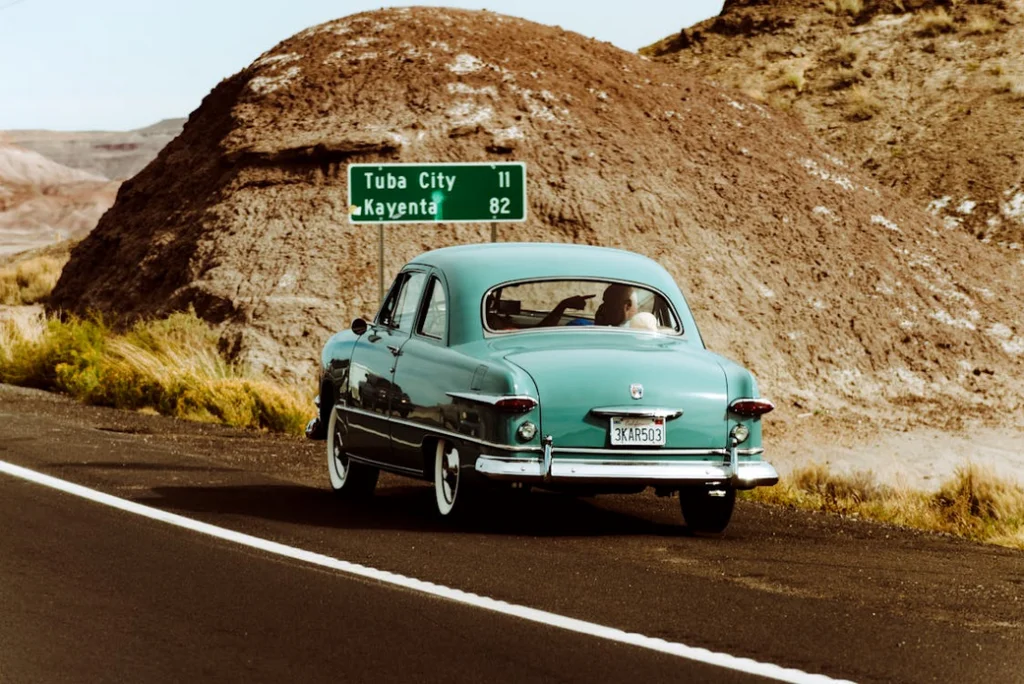
Sunday drives served no practical purpose, and that was exactly the point—they were pure wandering for the joy of it. Dad would announce after dinner that it was time for a drive, and everyone would pile into the family car with no destination in mind. You’d explore back roads you’d never taken, discover new neighborhoods, and maybe stop for ice cream if you found a place that looked promising.
These drives created some of the most peaceful family time, with conversations flowing naturally as familiar scenery gave way to new sights. Someone would inevitably fall asleep in the back seat, lulled by the gentle motion and the sound of tires on pavement. The drive usually ended back home just as the sun was setting, everyone feeling refreshed and somehow closer, as if the simple act of moving together through the world had strengthened invisible family bonds.
Those little rituals weren’t just habits—they were the threads that wove ordinary days into the fabric of a life well-lived. They required presence, patience, and a willingness to find magic in the mundane, qualities that seem both more precious and more elusive in our current age of instant everything. Perhaps that’s why we remember the ’80s so fondly: not because everything was perfect, but because we knew how to make imperfect moments feel absolutely perfect.


